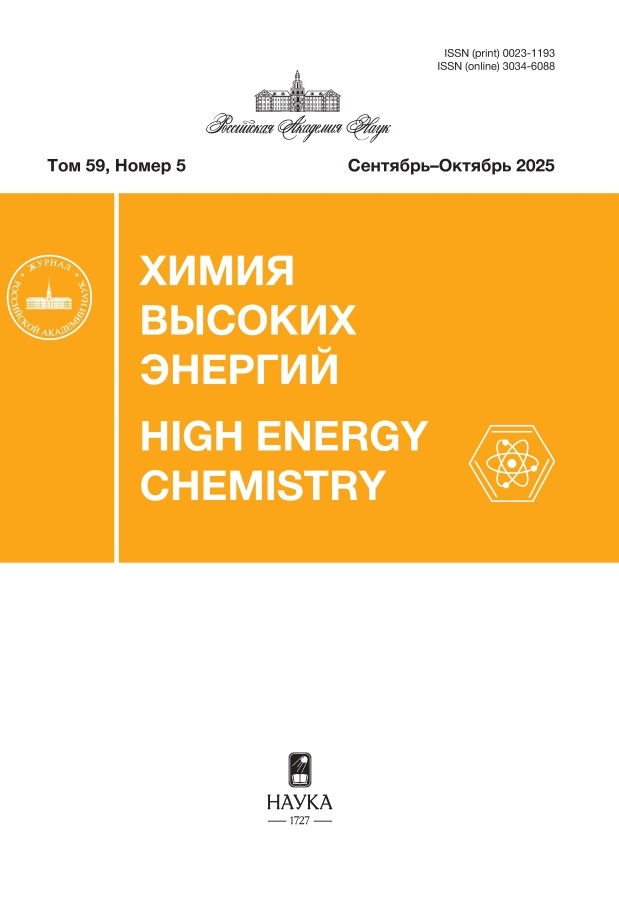Torrefaction of Granulated Peat Using Atmospheric Pressure High-Frequency Plasma Discharge
- Autores: Shavelkina M.B.1, Fedorovich S.D.2, Faleyeva Y.M.1, Shavelkin M.A.1, Kavyrshin D.I.1, Valliano G.E.1
-
Afiliações:
- Joint Institute of High Temperatures of the Russian Academy of Sciences
- National Research University “MPEI”
- Edição: Volume 59, Nº 5 (2025)
- Páginas: 360-366
- Seção: PLASMA CHEMISTRY
- URL: https://modernonco.orscience.ru/0023-1193/article/view/690720
- DOI: https://doi.org/10.31857/S0023119325050095
- EDN: https://elibrary.ru/blgipg
- ID: 690720
Citar
Texto integral
Resumo
Palavras-chave
Sobre autores
M. Shavelkina
Joint Institute of High Temperatures of the Russian Academy of Sciences
Email: mshavelkina@gmail.com
125412 Moscow, Russia
S. Fedorovich
National Research University “MPEI”Moscow, Russia
Yu. Faleyeva
Joint Institute of High Temperatures of the Russian Academy of Sciences125412 Moscow, Russia
M. Shavelkin
Joint Institute of High Temperatures of the Russian Academy of Sciences125412 Moscow, Russia
D. Kavyrshin
Joint Institute of High Temperatures of the Russian Academy of Sciences125412 Moscow, Russia
G. Valliano
Joint Institute of High Temperatures of the Russian Academy of Sciences125412 Moscow, Russia
Bibliografia
- Basu P., Biomass Gasification, Pyrolysis and Torrefaction, Academic Press; 2018b, 3rd ed.
- Tumuluru J. S., Sokhansanj S., Wright C. T., Boardman R. D., 2010. https://doi.org/10.2172/1042391
- Shtin S. M., GIAB. 2011, 7. URL. https://cyberleninka.ru/article/n/primenenie-torfa-kak-topliva-dlya-maloy-energetiki. [in Russian].
- Morent R., De Geyter N., Verschuren J., De Clerck K., Kiekens P., Leys C. // Surface and Coatings Technology. 2008. V. 202. Р. 3427. https://doi.org/10.1016/j.surfcoat.2007.12.027
- Choudhary U., Dey E., Bhattacharyya R., Ghosh S. K. // Adv Res Text Eng. 2018. vol. 3(1). Р. 1019. https://austinpublishinggroup.com/textile-engineering/fulltext/arte-v3-id1019.pdf
- Shavelkina M. B., Fedorovich S. D., Kavyrshin D. I., Shavelkin M. A., Faleeva Y. M. // Wood Material Science & Engineering. 2024. P. 1. https://doi.org/10.1080/17480272.2024.2391547
- Lu B., Wang X., Hu C., Li. X. // Agriculture. 2024. V. 14(6). Р. 946. https://doi.org/10.3390/agriculture14060946
- Tsyganov D., Bundaleska N., Dias A. et al. // Phys. Chem. Chem. Phys. 2020. V. 22. p. 4772. https://doi.org/10.1039/C9CP05509F
- Марьяндышев П. А., Кангаш А. И., Скрипниченко В. А., Брийард А. // Химия твердого топлива. 2022. № 4. С. 33. https://doi.org/10.31857/S0023117722040065
Arquivos suplementares










